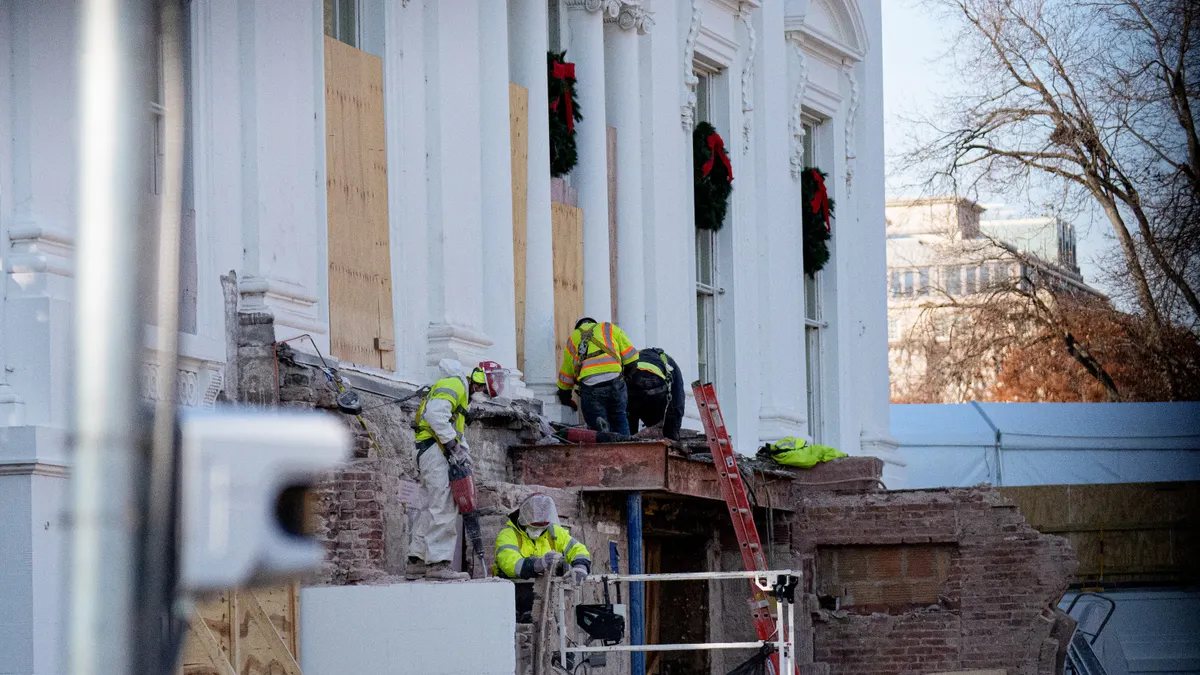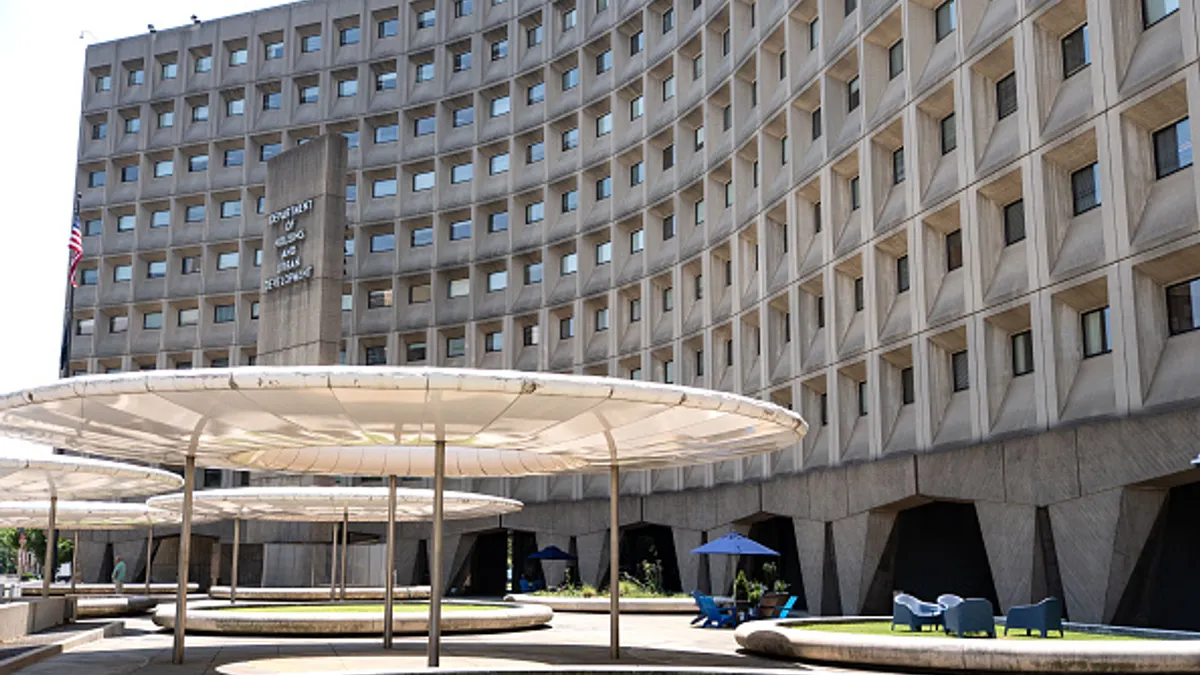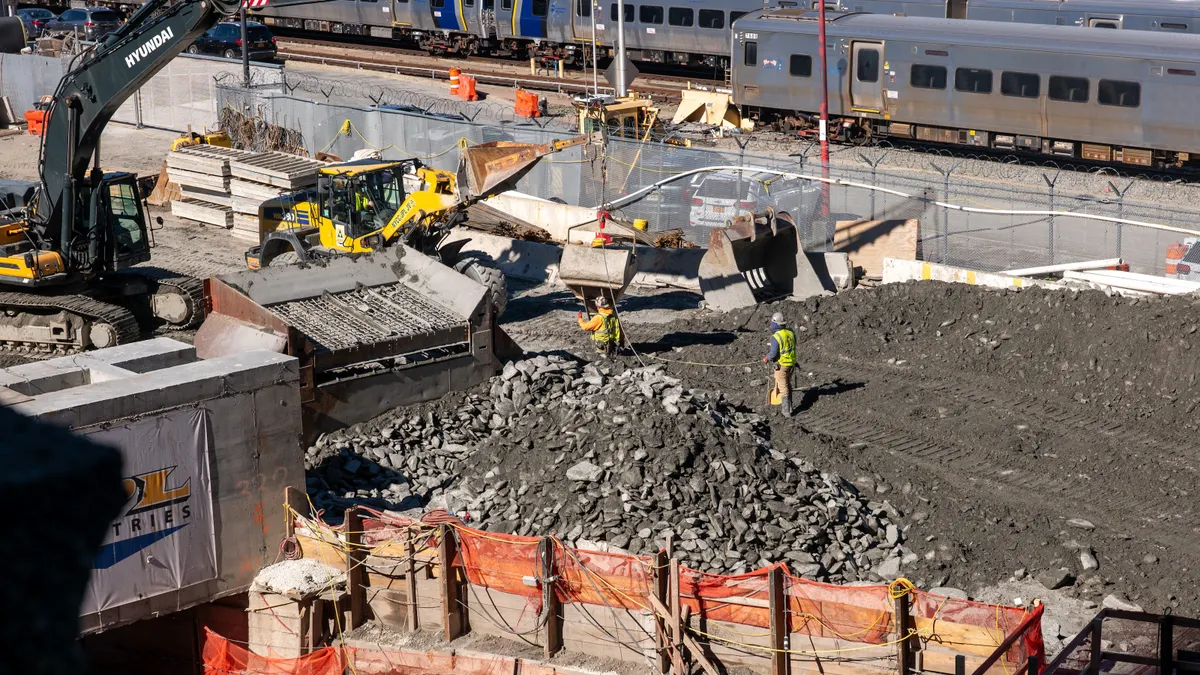When it comes to large-scale construction projects, communities often welcome them, particularly when they bring the promise of tax dollars, economic activity for the surrounding community and jobs.
When Tesla announced its plans to build a $5 billion battery factory for its electric cars and solar-storage products, states lined up to do business with the company. It eventually chose Reno, NV, and that decision has created a boon for the northern region of the state. Bloomberg estimated that over the next 20 years, the factory will produce approximately $97 billion of economic benefit for the area. In addition, business licenses — most of them related to construction — have skyrocketed 41% in the counties surrounding the factory, and Reno and surrounding areas have experienced their own housing boom to accommodate the households of new employees.
However, there are some groups who don't want new development in their cities or towns for a variety of reasons. The promise of economic benefit might be there, but it just isn't enough to convince residents or special interest groups to get on board, so they protest the project in the form of live demonstrations, pressure on elected officials, publicity campaigns or lawsuits. Other sites can draw the ire of construction workers when managers renege on union hiring promises, while others face opposition from groups protesting negative cultural or environmental impacts of a new project.
Although protests are often an inevitable component of a major undertaking, developers can get out ahead of the controversy to ensure the community and workforce feels included and content with the new project.
Groups fighting change in their communities
One reason people might rail against a new construction project is the not-in-my-backyard effect, also known as NIMBYism, according to Andrew Richards, co-managing partner at Kaufman Dolowich & Voluck. Shopping malls or multistory apartment buildings in single-family residential areas, he said, are some common types of projects that people don't want in their neighborhood, and often residents will fight owners and builders until they successfully block a development, or at least delay it for years.
And NIMBYism is one of the factors at play behind lawsuits meant to delay, or even kill, the new Purple Line light-rail system proposed for Maryland. According to Friends of the Capital Crescent Trail, the new rail system would destroy the trail and, along with it, a "year-round recreational area for thousands of users." That group and Chevy Chase, MD residents filed a lawsuit asking for another ridership analysis and environmental impact study, a request that a U.S. District judge granted earlier this month. That decision could delay the project six months, or even do away with it altogether because the public-private partnership financing depends on meeting a specific time schedule.
In a similar initiative, the Friends of the Park in Chicago successfully ran Star Wars icon George Lucas and his Lucas Museum of Narrative Art out of the Chicago Park District, because, according to the group, the deal between Lucas and the city of Chicago "would authorize the construction of a museum that would preclude the use of the trust property as free and open space with access to the activities on Lake Michigan." The group's refusal to give up any ground in their protest of the project led Lucas's wife, Mellody Hobson, to comment that they were harming Chicago by preventing the couple from giving the city "a philanthropic gift."
Protests over union and local labor
Economic exclusion is another reason groups are sometimes against large construction projects in their area, although these protests usually can be eliminated when the builder or developer offers up some kind of concession. Local trade unions were up in arms when both Tesla and Apple allegedly went back on agreements they had made to use either local or union labor in the construction of their projects and pay a certain wage.
In Tesla's case, trade unions were upset after the company allegedly did nothing about a contractor who was bringing in out-of-state, cheaper labor to work on the gigafactory project — a violation of an agreed-upon condition of the tax deal it had received from the state of Nevada. Workers staged a walk-off on the job in March but were soon back working, maintaining that they would keep an eye on the labor situation at the site. Union workers also picketed the new Apple "spaceship" headquarters in California the same month after word got out that the general contractor might not be paying some workers the correct union rate. Authorities broke up the crowds, and the general contractor said he would settle the matter in court.
Gilbane Building Co. has also been on the receiving end of union protests in New York. The contractor has approximately $1 billion worth of construction work going on in the city, and organized labor has pushed back against Gilbane's choice to use nonunion workforces on many of its projects, claiming that prevailing wages and union work rules are too cumbersome and costly.
Protesters have picketed in front of Gilbane's project sites and its New York headquarters, complete with a giant inflatable rat. Richards said live demonstrations like these are rare and less effective today because unions don't have the same foothold in the city as they had in the past.
Concerns over environmental and cultural impact
Cultural impact is also a reason that groups might not want a project built on a particular piece of property. Native Hawaiian groups have successfully blocked construction of the $1.4 billion Thirty Meter Telescope on Mauna Kea, a site that locals claim is sacred. Protesters kept crews from accessing the site for much of 2015 until a Hawaii Supreme Court judge revoked the project's permit, for which developers must reapply.
Environmental groups also are known for disrupting construction projects, particularly in sensitive, natural areas. Just this week, Native Americans in North Dakota managed to block construction of a portion of the 1,170-mile Dakota Access oil pipeline, maintaining that, if the pipeline were to fail, the Missouri River — their water supply — could be contaminated.
In the same environmental arena, animal interests are also at stake during large construction projects. Bird activists were a constant presence during the construction of the new Minnesota Vikings stadium in Minneapolis. The protesters, who didn't picket the project but did show up at weekly progress meetings and regularly spoke to the media, have said that the 200,000 square feet of glass and surrounding landscaping will attract birds from the Mississippi River flyway during migration periods, causing them to fly into the side of the stadium and die. Although stadium officials did not alter the design as the activists requested, they have commissioned a three-year study to determine if the structure does, in fact, endanger migrating birds.
What developers can do
Michael Baker, attorney at Snell & Wilmer in California, said that disputes based on cultural or environmental reasons can often be worked out if developers are proactive in the community prior to construction. In California, "projects get done all the time without protests," he said.
Those developers who do community outreach tend to be more successful in winning community approval. Sponsorship of community-based programs, events with community leaders, job fairs and career training can all be rolled into the run-up to construction of a large project, leaving local residents feeling as though they have not been left out of the decision-making process or the economic opportunity, he said.
If all else fails, developers are in a "position of leverage" and will often try to negotiate with those who oppose their project. "On a construction project, time is money," Baker said. A delay of six months could cause project costs to skyrocket, not to mention that "no one wants to see their project is troubled." Sometimes, he said, it's easier to make a deal to avoid a prolonged fight, which "could be a nightmare."





















